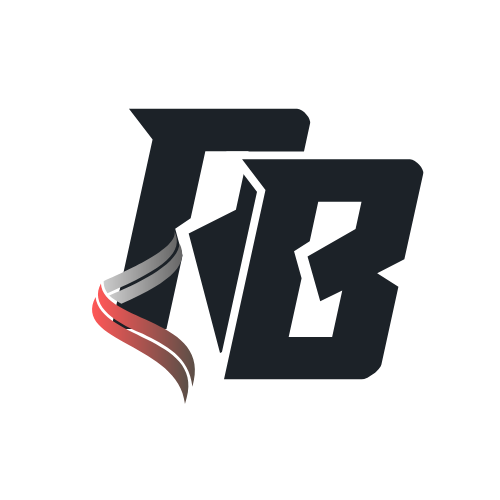
Humans VS Robots:How to understand their differences
As technology advances, the gap between humans and robots narrows. Robots excel in repetitive, precise tasks, while humans shine in creativity, empathy, and adaptability. This blog explores key differences, emphasizing how collaboration, not competition, will shape our future with robots complementing human strengths.Here, we will explore the differences between humans and robots from three perspectives.
Ⅰ.Which one is better, humans vs robots?
The question of whether humans or robots are better depends largely on the context and the tasks at hand. Humans excel in creativity, emotional intelligence, and complex decision-making. We can think abstractly, solve ambiguous problems, and adapt quickly to unpredictable environments. Our ability to innovate, feel empathy, and communicate effectively with others sets us apart. However, robots have distinct advantages in areas such as precision, endurance, and the ability to work in hazardous environments. They can perform repetitive tasks with high efficiency and without the need for rest, making them ideal for specific industrial applications.
For example, robots are widely used in manufacturing, especially in assembly lines, where they perform repetitive tasks with speed and accuracy, improving production efficiency. On the other hand, humans are irreplaceable in fields like art, where creativity and emotional connection are key. Robots cannot replicate the unique perspectives and emotional depth that human artists bring to their work. Similarly, in professions like therapy or counseling, where empathy and understanding are crucial, robots cannot match the human touch.


Ⅱ.Will the Development of AI and Humans Create Conflict?
As AI technology advances rapidly, it raises important questions about the potential for conflict between AI development and human progress. On one hand, AI has the potential to greatly enhance human capabilities, making tasks more efficient, solving complex problems, and opening up new possibilities in fields such as medicine, transportation, and education. However, the increasing reliance on AI also presents challenges. Job displacement, ethical concerns, and the risk of AI surpassing human control in certain areas could create friction.
For example, as AI becomes more capable, it may replace humans in many industries, leading to unemployment and social unrest. Additionally, AI systems may operate in ways that are difficult for humans to fully understand or control, raising concerns about safety and misuse. On the other hand, AI could complement human work, enhancing creativity, decision-making, and productivity, rather than replacing it. The key to avoiding conflict lies in ensuring that AI is developed responsibly, with proper regulations and safeguards in place to prioritize human welfare and societal needs. Both AI and human progress can coexist, but careful management and collaboration are essential to minimize potential conflicts.

Ⅲ.How to Approach the Development of AI

1. Embrace Innovation and Promote Technological Progress
AI has enormous potential to help solve many societal problems, such as improving healthcare, increasing productivity, and promoting environmental protection. We should encourage innovation, support research and development, and drive AI applications across various industries to enhance efficiency and contribute to societal development.
2. Establish Ethical Frameworks to Ensure Responsible AI
As AI capabilities grow, it is essential to establish solid ethical and legal frameworks to ensure that AI applications align with societal interests. For example, preventing AI from being misused or causing harm (e.g., violating privacy or manipulating public opinion). AI systems must also be interpretable, avoiding a "black box" effect and ensuring that humans can understand and control decision-making processes.
3. Address Employment and Social Impacts
The widespread adoption of AI could lead to the displacement of traditional jobs, resulting in unemployment and social inequality. Policymakers should proactively plan how to address these changes through education, training, and social security systems, helping those affected transition and upgrade their skills, ensuring a smooth societal transition.
4. Promote Human-AI Collaboration and Enhance Human Strengths
AI should complement, not completely replace, human work. We should emphasize human-AI collaboration, using AI to enhance human creativity, judgment, and productivity. For example, in fields like healthcare and education, AI can assist humans in making more accurate diagnoses or decisions, but the final judgment should still be made by humans.
5. Continuous Oversight and Regulation
AI technology must undergo continuous oversight and regulation to ensure its safety, transparency, and fairness. Governments, businesses, and academia should collaborate to create and update relevant standards, preventing AI misuse and protecting public interests.








